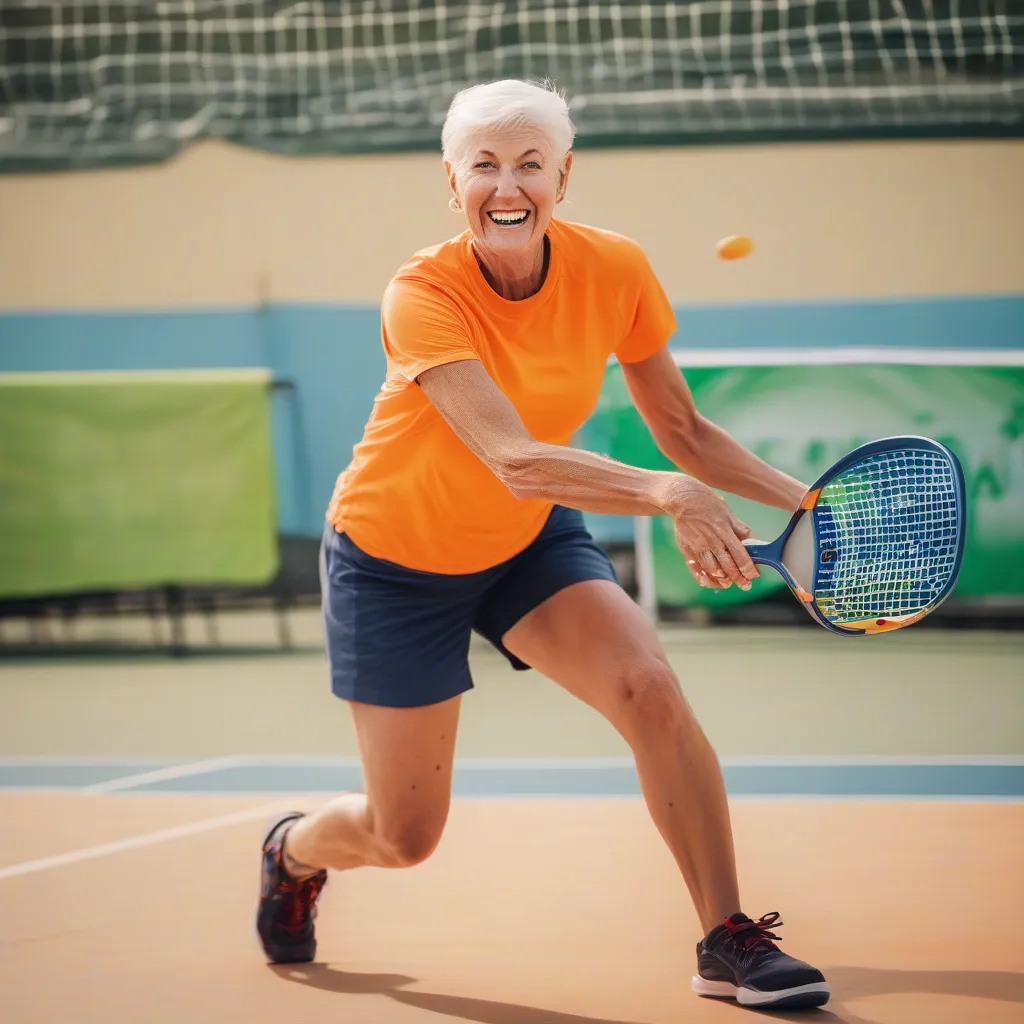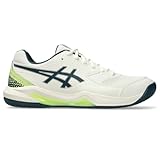Imagine this: you’re on the pickleball court, paddle in hand, ready for a thrilling match. But as you lunge for a volley, a sharp pain shoots through your knee. Suddenly, the joy of the game is replaced by the throbbing reminder of your aching joints. Don’t let joint pain sideline your pickleball passion. Maintaining joint health is crucial for pickleball longevity, allowing you to enjoy this exciting sport for years to come. This article will provide you with a comprehensive guide to keeping your joints healthy and pain-free, so you can continue dominating the court.
Understanding the Demands of Pickleball on Your Joints
Pickleball, while a lower-impact sport than tennis or basketball, still places unique demands on your joints. The quick lateral movements, sudden stops and starts, and repetitive twisting motions can stress your knees, hips, ankles, and wrists. Understanding these demands is the first step towards protecting your joints.
Common Joint Issues in Pickleball Players
Just like any sport, pickleball has its associated injury risks. Some of the most common joint-related issues include:
- Knee pain: Often caused by the repetitive stress of lunging and changing direction.
- Ankle sprains: Sudden changes in direction can lead to ankle instability and sprains.
- Wrist pain: The repetitive motion of hitting the ball can strain the wrist joints.
- Hip pain: Lateral movements and rotation can put stress on the hip joint.
Why Joint Health is Crucial for Pickleball Longevity
Maintaining healthy joints isn’t just about avoiding pain; it’s about ensuring you can continue playing pickleball for years to come. Healthy joints provide stability, flexibility, and range of motion – all essential for optimal performance on the court. Neglecting joint health can lead to chronic pain, decreased mobility, and even premature retirement from the sport you love.
Proactive Strategies for Maintaining Joint Health
Fortunately, there are several proactive strategies you can implement to safeguard your joints and ensure a long and enjoyable pickleball career.
Nutrition for Joint Health
As a Registered Dietitian and Meal Prep Coach, I can’t stress enough the importance of nutrition for joint health. A balanced diet rich in the following nutrients is crucial:
- Omega-3 fatty acids: Found in fatty fish, flaxseeds, and walnuts, these have anti-inflammatory properties. Think of them as nature’s joint lubricant!
- Vitamin D: Essential for calcium absorption, which is crucial for bone health. Adequate vitamin D levels can help protect against joint degeneration.
- Glucosamine and Chondroitin: These naturally occurring compounds support cartilage health, cushioning your joints and reducing friction.
- Antioxidant-rich foods: Fruits and vegetables like berries, spinach, and kale combat oxidative stress, which can contribute to joint inflammation.
Targeted Exercises and Stretches
Specific exercises and stretches can strengthen the muscles surrounding your joints, providing added support and stability.
- Strength training: Focus on exercises that target the muscles supporting your knees, hips, and ankles. Squats, lunges, and calf raises are excellent choices.
- Flexibility exercises: Improving your flexibility can reduce your risk of injury. Yoga, Pilates, and regular stretching can enhance your range of motion and joint mobility. Check out these best stretches for pickleball players for some ideas.
“Flexibility is the key to longevity,” says a leading sports physician, highlighting the importance of regular stretching.
Importance of Proper Warm-up and Cool-down
Never underestimate the power of a good warm-up and cool-down routine. Warming up prepares your muscles and joints for the demands of pickleball, while cooling down helps reduce inflammation and promote recovery. Consider incorporating dynamic stretches like arm circles and leg swings before your game, and static stretches like holding a hamstring stretch after your game. Learn more about preventing common pickleball injuries.
Choosing the Right Gear
The right gear can also play a role in protecting your joints.
- Supportive footwear: Invest in comfortable, well-fitting shoes that provide adequate cushioning and support. Good arch support is particularly important for preventing ankle and knee injuries.
- Braces and supports: If you have pre-existing joint conditions, consider using braces or supports to provide extra stability. Consult with a healthcare professional to determine the best options for your specific needs.
Rest and Recovery
Adequate rest is essential for allowing your joints to recover and repair themselves. Listen to your body and take rest days when needed. Overtraining can lead to inflammation and increase your risk of injury. Check out these upper body strength routines for pickleball to incorporate into your training.
Reactive Strategies: Managing Existing Joint Pain
If you’re already experiencing joint pain, it’s important to address it promptly. Ignoring joint pain can lead to chronic issues and further limit your ability to play pickleball.
Recognizing the Signs of Joint Pain
Pay attention to your body and recognize the signs of joint pain, such as:
- Stiffness
- Swelling
- Tenderness
- Limited range of motion
- Clicking or popping sounds
Seeking Professional Help
If you’re experiencing persistent joint pain, consult with a healthcare professional. They can diagnose the underlying cause of your pain and recommend appropriate treatment options. Learn more about pickleball joint health tips.
Treatment Options for Joint Pain
Depending on the severity of your joint pain, treatment options may include:
- RICE method (Rest, Ice, Compression, Elevation): This is a first-aid strategy for acute injuries.
- Physical therapy: A physical therapist can develop a personalized exercise program to strengthen and improve joint mobility.
- Medications: Over-the-counter pain relievers or prescription medications may be necessary to manage pain and inflammation.
- Injections: In some cases, corticosteroid injections may be used to reduce inflammation and pain.
- Surgery: Surgery is typically a last resort for severe joint damage.
 Pickleball Player with Healthy Joints
Pickleball Player with Healthy Joints
- Durable synthetic leather toe overlays
- Solution dye sockliner helps reduce overall water usage by approx. 33% and carbon emissions by approx. 45%
- Durable synthetic leather toe overlays
- Solution dye sockliner helps reduce overall water usage by approx. 33% and carbon emissions by approx. 45%
- K-EVA: Special formula EVA to provide maximized cushioning and enhance durability of the midsole.
- ORTHOLITE: Sock liner providing moisture management with properties to keep feet cool and minimize the effects of perspiration.
- Durable synthetic leather toe overlays
- Solution dye sockliner helps reduce overall water usage by approx. 33% and carbon emissions by approx. 45%
- Men's tennis shoes with a padded collar and a durable outsole
- BREATHABLE UPPER: Open mesh upper is breathable and flexible
- Women's tennis shoes with a padded collar and a durable outsole
- BREATHABLE UPPER: Open mesh upper is breathable and flexible
- K-EVA: Special formula EVA to provide maximized cushioning and enhance durability of the midsole.
- ORTHOLITE: Sock liner providing moisture management with properties to keep feet cool and minimize the effects of perspiration.
- COURT-READY PERFORMANCE: Engineered specifically for pickleball, these running shoes for men feature a specialized court-friendly design for optimal movement and control
- SUPERIOR COMFORT: Lightweight Move Foam cushioned insole provides exceptional comfort and support for these mens running shoes during extended play
- PLAYER LEVEL: Designed for the entry level, occasional player. For frequent players, we recommend the Express Light Pickleball Shoe. Advanced players and players playing 6-7 days per week, the Pickleball Supreme Shoe is the recommended style
- UPPER: Leather
- Synthetic leather overlays help provide good durability
- Solution dye sockliner helps reduce overall water usage by approx. 33% and carbon emissions by approx. 45%
Conclusion: Play Pickleball for Life
Maintaining joint health is a crucial investment in your pickleball longevity. By taking proactive steps to nourish your joints, strengthen the surrounding muscles, and choose the right gear, you can significantly reduce your risk of injury and enjoy this dynamic sport for years to come. Remember, listening to your body, addressing pain promptly, and seeking professional guidance when needed are essential for keeping you on the court, paddle in hand, ready for the next exciting match. What steps will you take today to prioritize your joint health? Share your thoughts and experiences in the comments below!







